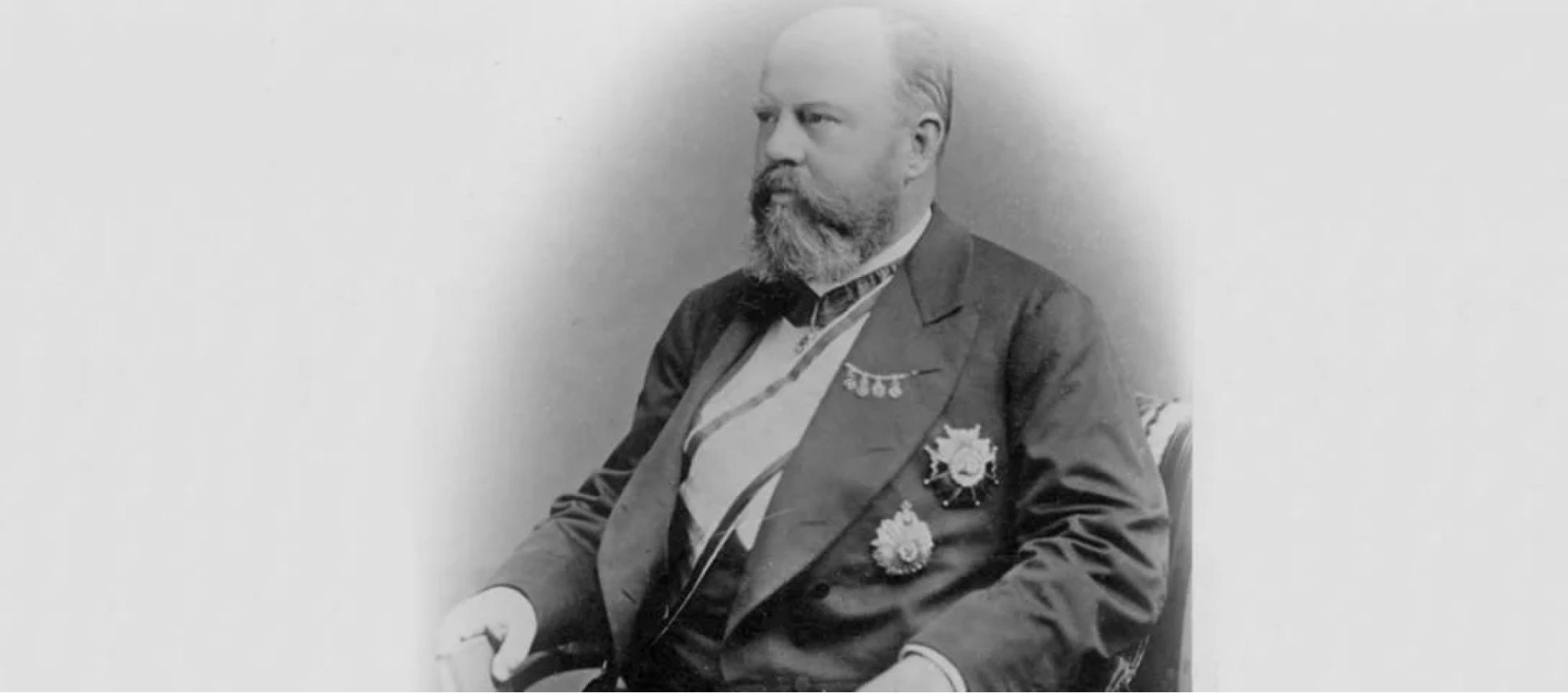
Thriving business for the king of vodka
You could say that L.O. Smith became the king of vodka by chance. In the wake of the economic crisis that hit the United States and the rest of the world in 1856, Smith saw an opportunity to make big money. Many merchants who used to buy spirits from Skåne and Blekinge in southern Sweden had gone bankrupt. As a result, the suppliers of rectified spirit (base alcohol) at Skeppsbron in Stockholm were left without buyers. Smith realized that the few remaining merchants had no idea when or on which ships the suppliers arrived.
He hired Oscar Sjödahl as a bookkeeper and started to help the suppliers find potential buyers. He set up an office and a warehouse at Brunnsgränd, situated close to the water by Skeppsbron. He was employed by Flygaresson at this time, but when his records showed a profit of 45,000 SEK in nine months, he decided that it was time to talk to his employer – and not just to resign from his position. He also asked for a substantial loan to be able to scale up his business. After checking the detailed business plan, Flygaresson accepted his request.
During the application process to conduct wholesale trade, he also asked his stepfather, the consul and wholesaler Carl Smith, if he could take his last name. This is when Lars Olsson became L.O. Smith.
Smith’s business plan was carefully crafted. He had acquired several new premises, some which he filled up with stock while others were emptied. When he dealt with the suppliers, he pretended to have plenty of stock – this way, he was in a good position to ask for a lower price. The buyers on the other hand were shown an empty warehouse, which was his way to justify higher prices.
At his wedding reception in 1862, just a few years after taking the loan, Smith repaid his entire debt to Flygaresson. Business was thriving in other words, and Smith was getting ready for his next move to dominate the Swedish market.